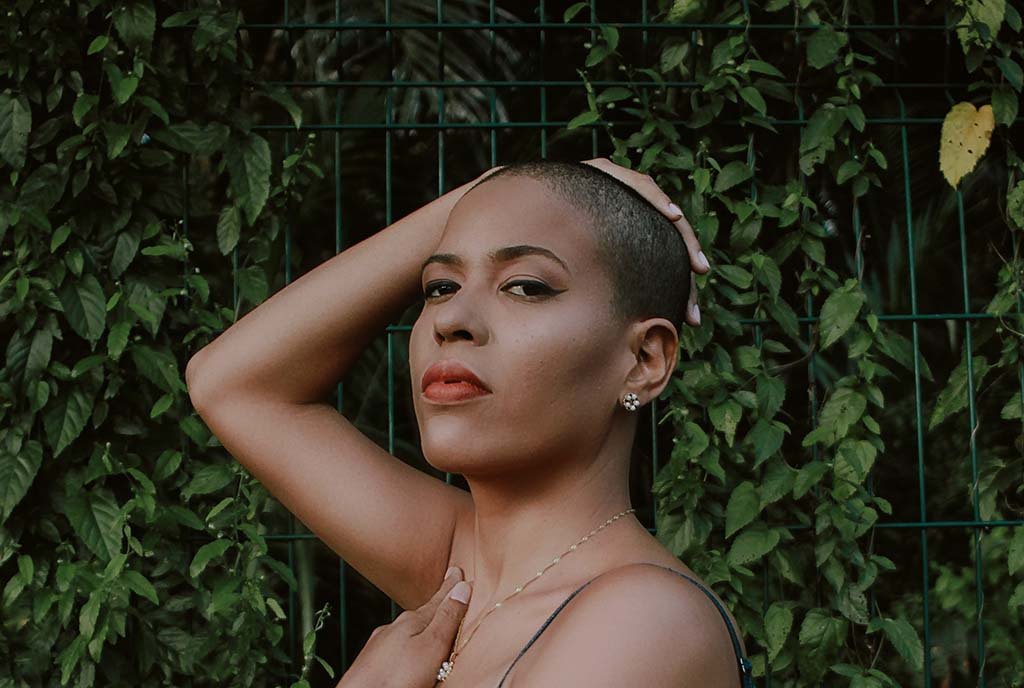November 1, 2016; San Diego Union-Tribune
San Diego’s Classy (formerly known as Stay Classy) offers crowdfunding, peer-to-peer fundraising, event registration, and website donation functionality. The platform is international, processing at least 100 currencies. They just raised $30 million in venture capital. This Series C round of funding was led by JMI Equity and supported by other early funders such as Bullpen Capital, Galileo Partners, Mithril Capital Management and Salesforce Ventures. Classy has raised a total of $53 million in venture capital since its founding in 2011. It currently employs 180 people; its platform has been used to raise hundreds of millions of dollars for charity via more than 300,000 campaigns to date.
Classy is investing in artificial intelligence and marketing automation. One of their cherished goals is to help charities tackle the problem of low donor retention. There are many alternatives to Classy’s software platform, but with their success in raising venture capital, they may figure out how to win the day for all nonprofits whether they subscribe to their services or not.
“They have been so under served for so long, with just a handful of players that bring technology solutions to non-profits,” said Scot Chisholm, chief executive and co-founder of Classy. “The market is super thirsty for someone who is looking at the whole space a little bit differently, not only bringing new technology to the table but also sharing a philosophy of where the sector is headed.”
Sign up for our free newsletters
Subscribe to NPQ's newsletters to have our top stories delivered directly to your inbox.
By signing up, you agree to our privacy policy and terms of use, and to receive messages from NPQ and our partners.
According to TechCrunch, based on current financial information as a predictor of future performance, Classy anticipates hitting a $1 billion “run-rate” on donations made via its platform by 2018. “The company does not disclose specific revenue numbers, and the CEO and investors declined to disclose a post-money valuation for the Series C deal.”
Crowdfunding as a method is as old as when Joseph Pulitzer used his newspaper in 1884 to make an appeal for the Statue of Liberty. Some 125,000 people gave gifts of $1 or less raising $100,000 for the cause. Pulitzer published every donor’s name no matter the amount of the gift. But the Internet changed everything for crowdfunding. While Kickstarter and Indiegogo are the preeminent names today in the emerging industry, there are hundreds of other fundraising websites competing for participation. Publicly traded Blackbaud is Classy’s primary competitor, but Crowdrise is likely doing the best innovative work to advance the technology and messaging to engage donors. Classy’s partnership with Salesforce and others holds especially great promise for what they might be able to create as a powerful team for the nonprofit sector as they continue to innovate.
Chisholm said the company will use the money to double its product development team, which has about 40 workers currently. The goal is to provide more tools to help non-profits better understand, communicate and retain their donors. “How do we minimize donor churn, which is a huge problem within the industry,” said Chisholm. “The average is 60 to 70 percent of donors don’t come back the next year. That makes it tremendously difficult for a social impact organization. They are tackling some of the world’s biggest problems, and our goal is to give them the best technology to accelerate the pace of their impact.”
—James Schaffer













